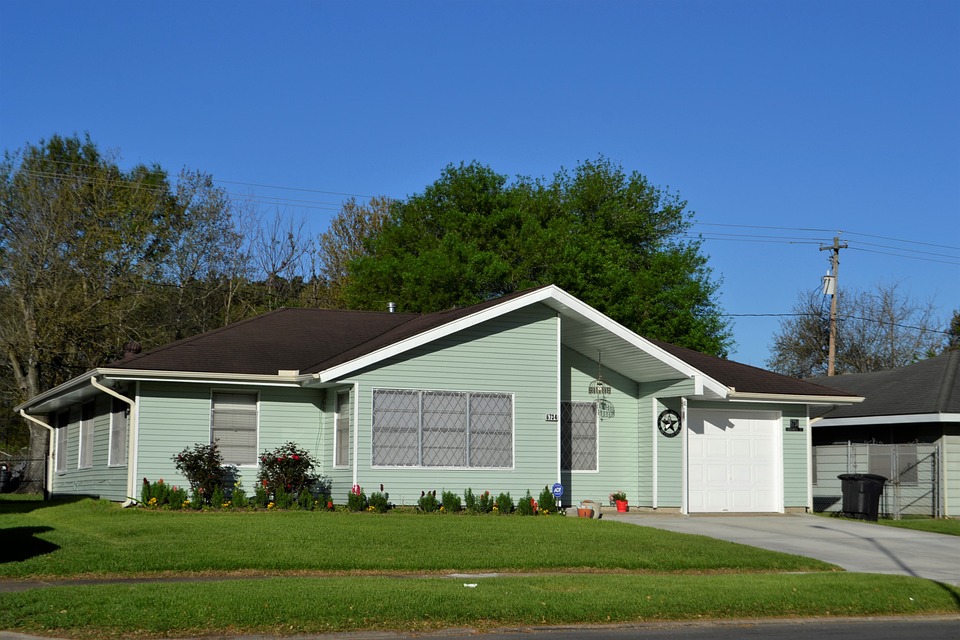The Edwardian Era and the Rise of Suburban Living
The Edwardian era, which spanned from 1901 to 1910, was a period of significant social and economic change in Britain. One of the most notable trends of this era was the rise of suburban living as more and more people sought to escape the overcrowded and polluted city centers in favor of a quieter and more spacious lifestyle in the suburbs. This shift in living patterns was accompanied by the development of new housing estates that catered to the growing demand for suburban homes.
The Impact of Industrialization
The rise of suburban living in the Edwardian era can be attributed to a variety of factors, one of the most significant being the impact of industrialization on British society. The rapid growth of industries in urban centers led to overcrowding, pollution, and poor living conditions for many working-class families. As a result, there was a growing desire among the middle and upper classes to escape the chaos of the city and move to the suburbs in search of a quieter and healthier environment.
The Development of Housing Estates
The increasing demand for suburban living in the Edwardian era led to the development of new housing estates on the outskirts of major cities such as London, Manchester, and Birmingham. These estates were typically built on large tracts of land that had been previously used for agriculture or were undeveloped. The houses in these estates were often spacious and well-designed, featuring amenities such as gardens, garages, and indoor plumbing.
Architectural Styles and Features
The houses in Edwardian-era housing estates were typically built in a variety of architectural styles, ranging from traditional Victorian designs to more modern and streamlined Edwardian styles. Many of these houses featured intricate detailing such as bay windows, gables, and decorative rooflines. Some estates also included communal amenities such as parks, tennis courts, and swimming pools for the enjoyment of residents.
Social Factors
The rise of suburban living in the Edwardian era was also influenced by social factors such as changing attitudes towards the importance of home ownership and the desire for a more private and exclusive living environment. The suburbs offered a sense of community and shared values that were often lacking in the city, making them an attractive option for those looking to escape the anonymity of urban life.
Conclusion
The rise of suburban living in the Edwardian era was a significant development in British society that was driven by a combination of social, economic, and cultural factors. The development of new housing estates on the outskirts of major cities provided an alternative to the overcrowded and polluted urban centers, offering a quieter and more spacious lifestyle for those who could afford it. The architectural styles and features of these houses reflected the changing tastes and values of the era, while the social factors that influenced the move to the suburbs highlighted the desire for a sense of community and exclusivity. Overall, the rise of suburban living in the Edwardian era played a significant role in shaping the modern British landscape and continues to influence housing trends today.
